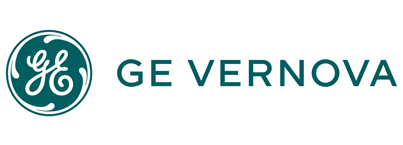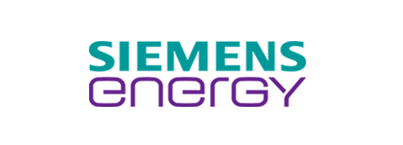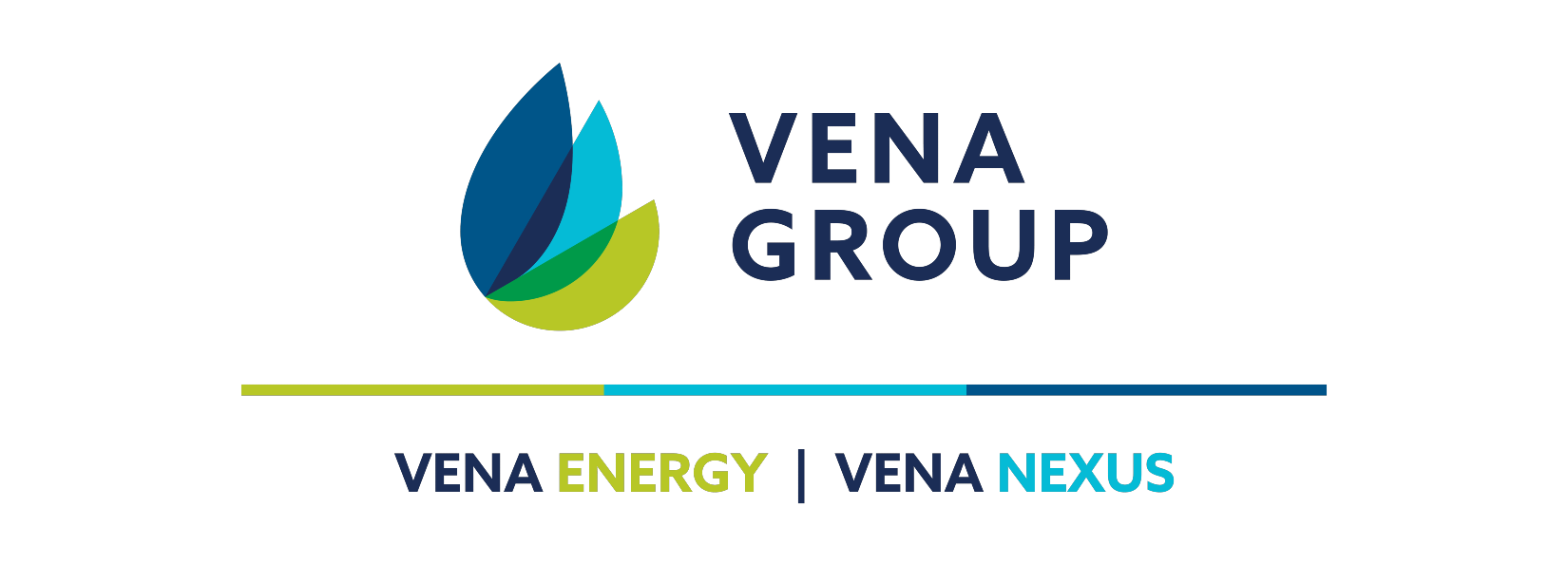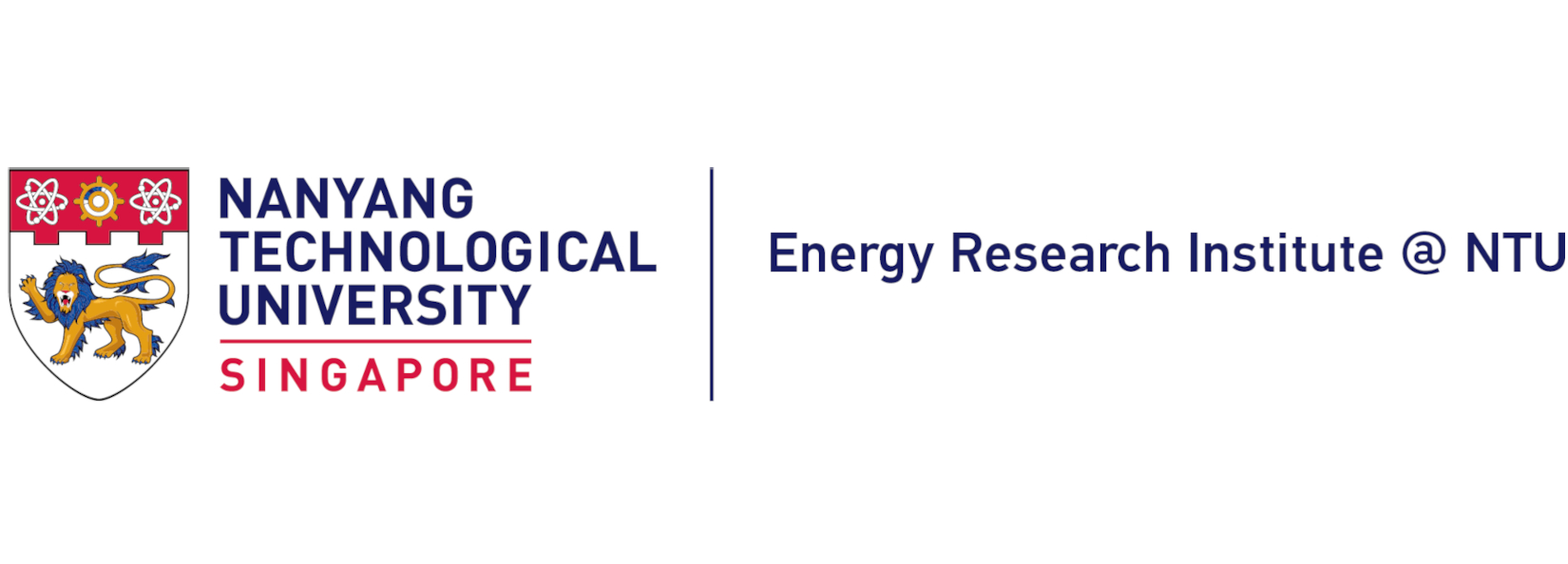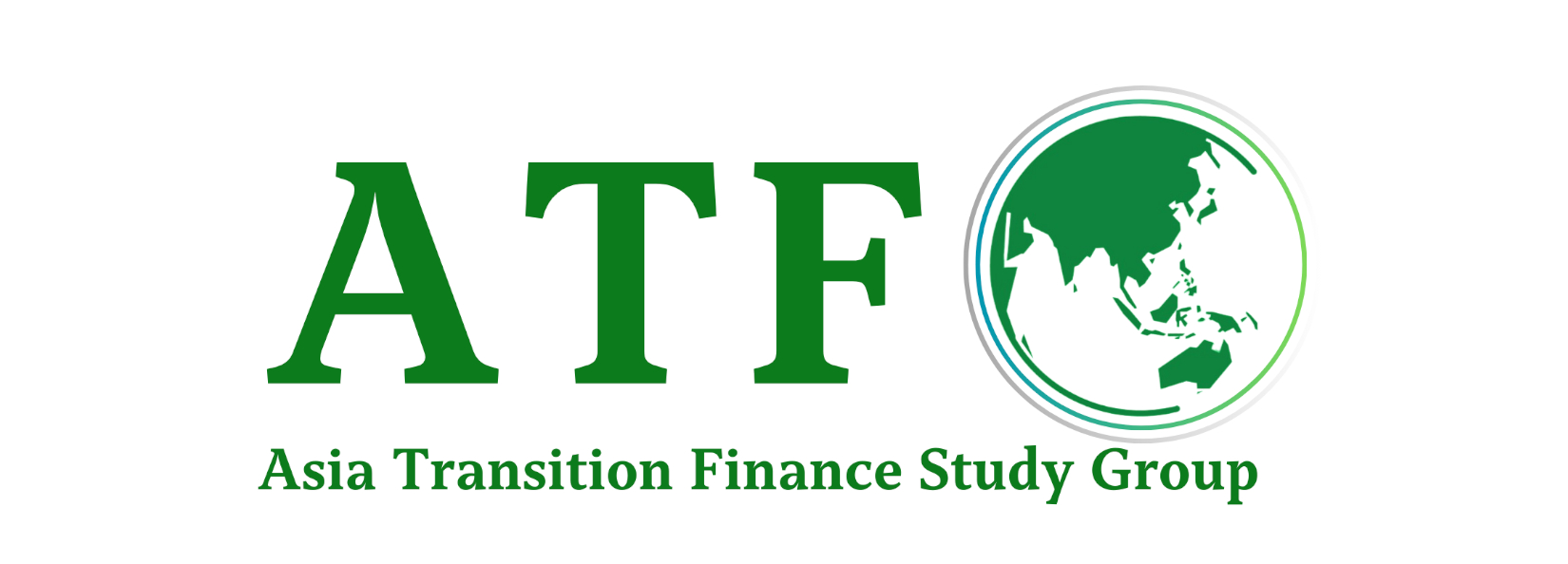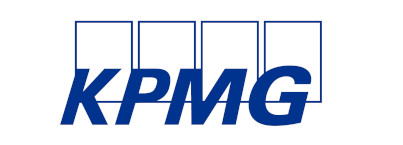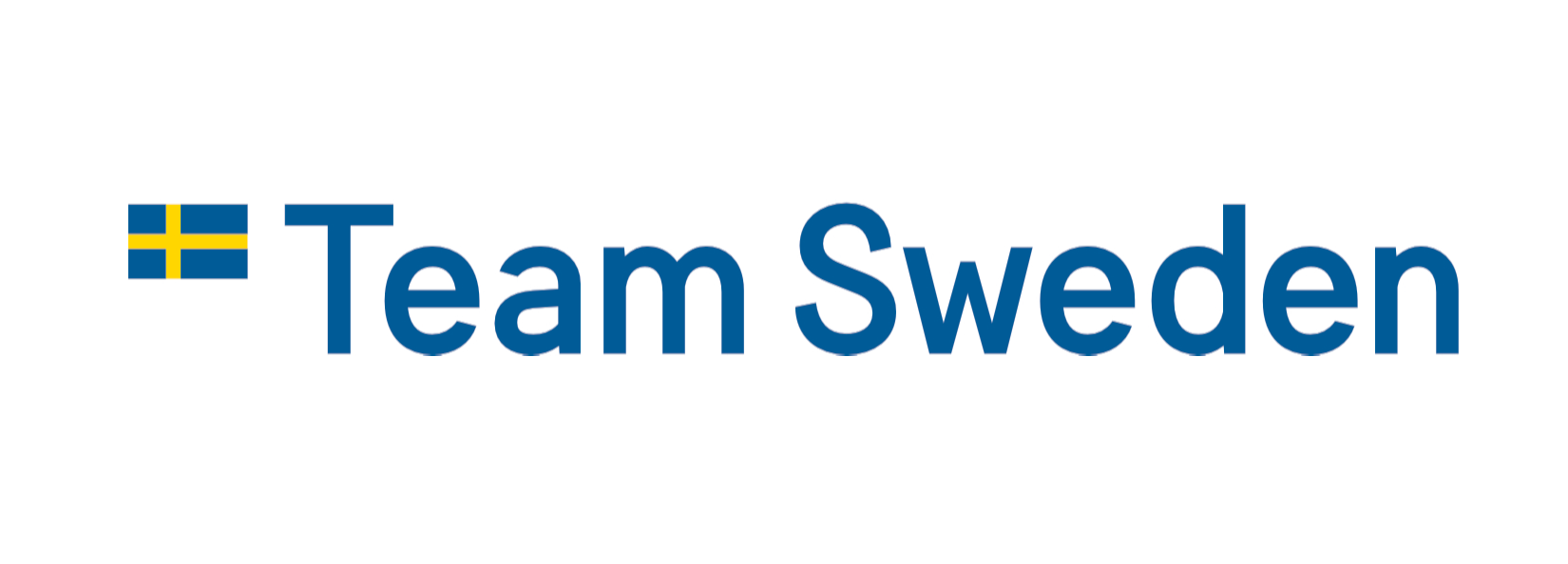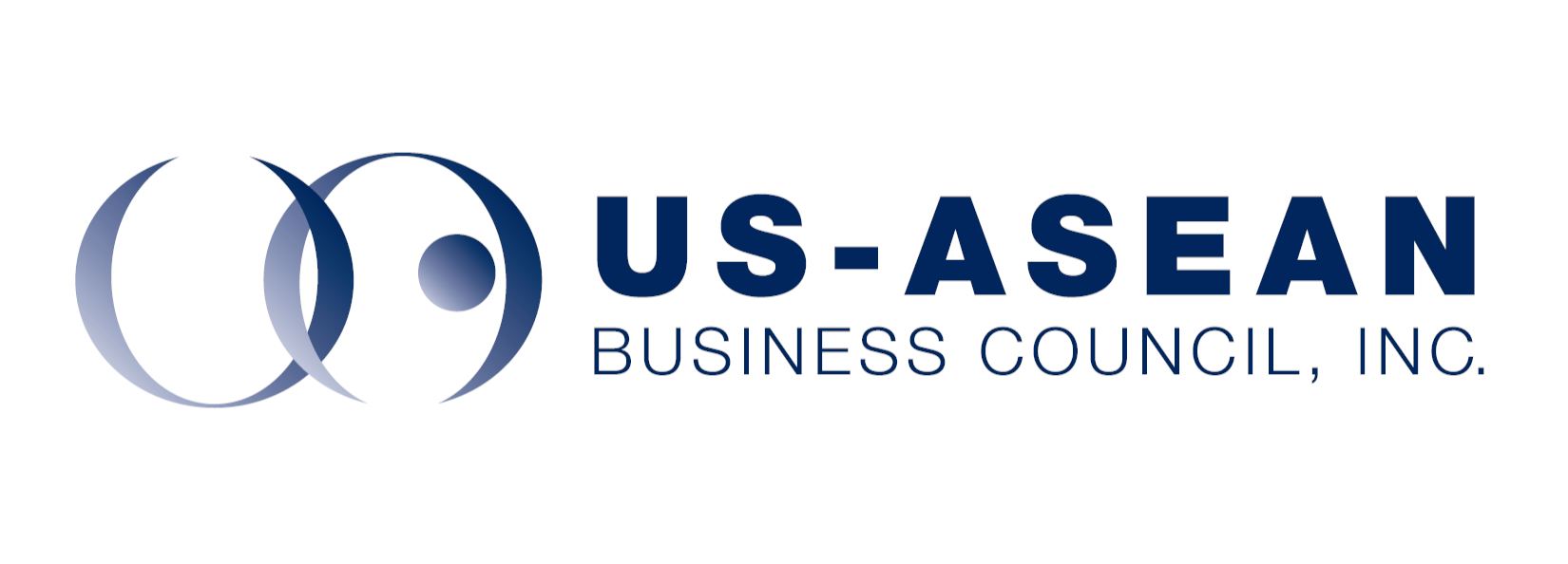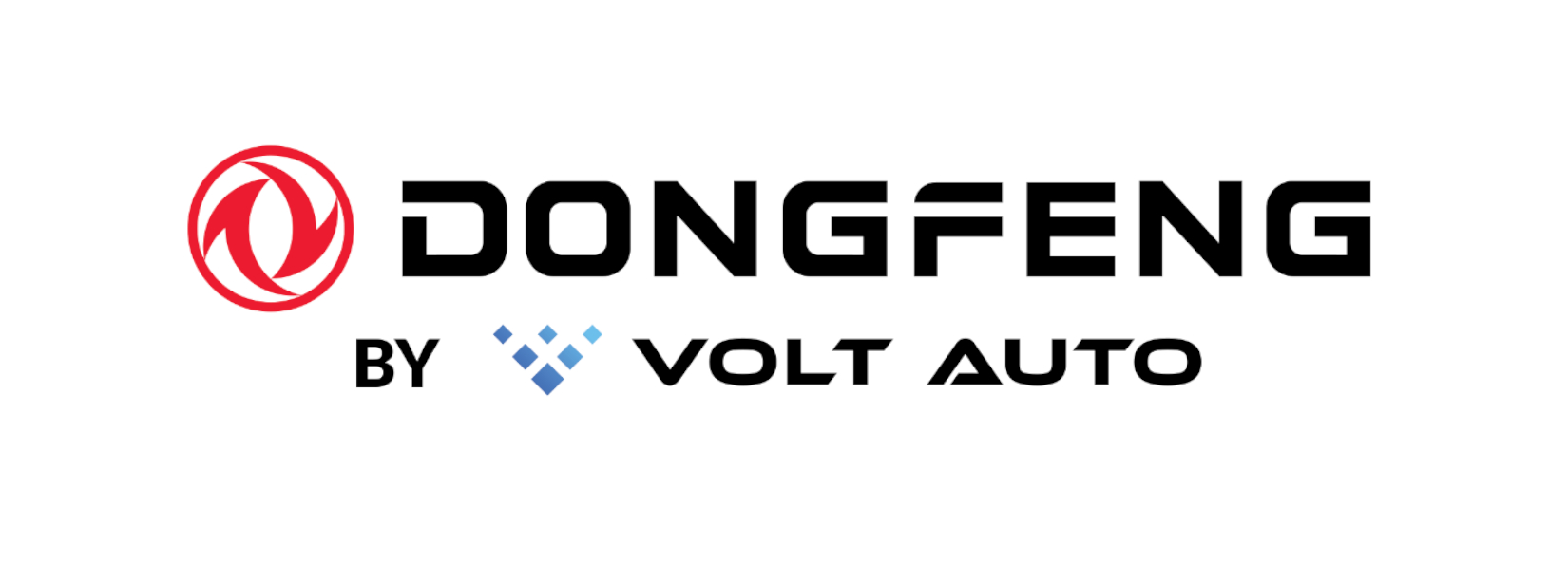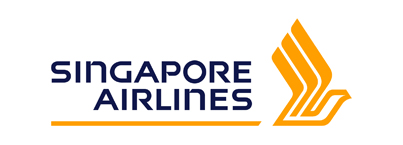As nations race to decarbonise while powering new digital economies, nuclear energy is reemerging as a key pillar of resilience.

The SIEW Thinktank Roundtable on 'The Evolving Role of Nuclear in the Future Energy System', opened with keynote addresses and remarks from global leaders. Each offered distinct perspectives on how nuclear partnerships are shaping the next phase of the energy transition. It also marks a global moment for nuclear collaboration.
Singapore: building capability, not commitment
Puah Kok Keong, Chief Executive, Energy Market Authority (EMA), reaffirmed Singapore's position on nuclear energy. It is taking active steps to build the systems and expertise needed for informed choices ahead.
He highlighted Singapore's new three-year partnership with the World Nuclear Association (2026–2028) as a key platform to deepen technical understanding. The partnership will drive knowledge exchange through workshops and regional forums, strengthening expertise across industry and government.
This collaboration complements EMA's ongoing work with partners including Sweden, the US, France, the UK, and the UAE. Together, these efforts aim to assess the potential of advanced nuclear technologies such as small modular reactors (SMRs) and build the foundations for safe, informed decision-making.
Regionally, Mr Puah noted that ASEAN is advancing capability building through its network of regulatory bodies and the Nuclear Energy Cooperation Sub-Sector Network. Discussions are underway on a shared framework for safety and human capital development. He emphasised that public trust and strong safety standards must underpin any consideration of nuclear options.
World Nuclear Association: scaling nuclear for real-world impact
Dr Sama Bilbao y León, Director General, World Nuclear Association (WNA), highlighted that nuclear energy is entering a decisive phase of global growth. Over 30 countries have now pledged to triple global nuclear capacity by 2050. This signals broad recognition that the technology is essential for deep decarbonisation and energy security.

She noted that next-generation reactors such as small modular and high-temperature designs are expanding the role of nuclear beyond electricity. These technologies can help decarbonise heavy industry, producing hydrogen, and supporting the integration of renewables. She said these innovations can help strengthen energy systems and create lasting economic value.
She remarked that nuclear energy supports renewable integration and strengthens system resilience. Partnerships like EMA's collaboration with the World Nuclear Association, she added, are vital to ensure the transition moves from momentum to deployment.
Sweden making energy policy work by design, not debate
H.E. Ebba Busch, Deputy Prime Minister and Minister for Energy, Business and Industry, Kingdom of Sweden, shared how Sweden's experience shows that long-term competitiveness and climate ambition can go hand in hand. She noted that renewables alone cannot provide the reliability or scale needed for large-scale electrification.

She said a balanced system, where nuclear provides stability and renewables flexibility, is essential for both energy security and economic growth. Without baseload power, neither electrification nor decarbonisation will succeed, she stated.
She outlined Sweden's actions to enable new nuclear development. These include modernised licensing processes and a risk-sharing financial framework to lower capital costs and give investors certainty. She emphasised that energy policy must be guided by physics, not politics. It should be designed for outcomes, not ideology.
US: Partnering for safe and transparent nuclear growth
Graham Mayer, Deputy Chief of Mission and Chargé d'Affaires ad interim, US Embassy Singapore, emphasised that trust and transparency must define the next phase of nuclear development. He reaffirmed the US' commitment to being a long-term partner for countries exploring civil nuclear solutions. The partnership approach is anchored on safety, non-proliferation, and trusted supply chains.
He highlighted ongoing cooperation between the US and Singapore under the 123 Agreement on Peaceful Nuclear Cooperation and the Foundational Infrastructure for Responsible Use of Small Modular Reactor Technology (FIRST) programme. These initiatives, he said, are building the foundations for responsible SMR deployment across Southeast Asia.
Mr Mayer added that collaboration among like-minded partners will be critical in the years ahead. It will ensure nuclear technologies are governed by transparent regulatory standards. This cooperation, he said, will contribute to a secure, low-carbon energy future.
Building systems today for a low-carbon tomorrow
Across all perspectives, one message came through. Nuclear energy is once again integral to achieving a resilient, low-carbon future.
The next step for Singapore and the region is not immediate deployment. It is about system building and strengthening technical, institutional, and regulatory foundations. These will enable sound choices for decades to come.
Stay tuned as the conversation evolves throughout the day. Follow @SIEW_sg on Telegram and X (formerly Twitter) for the latest insights.


